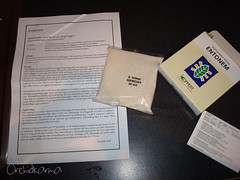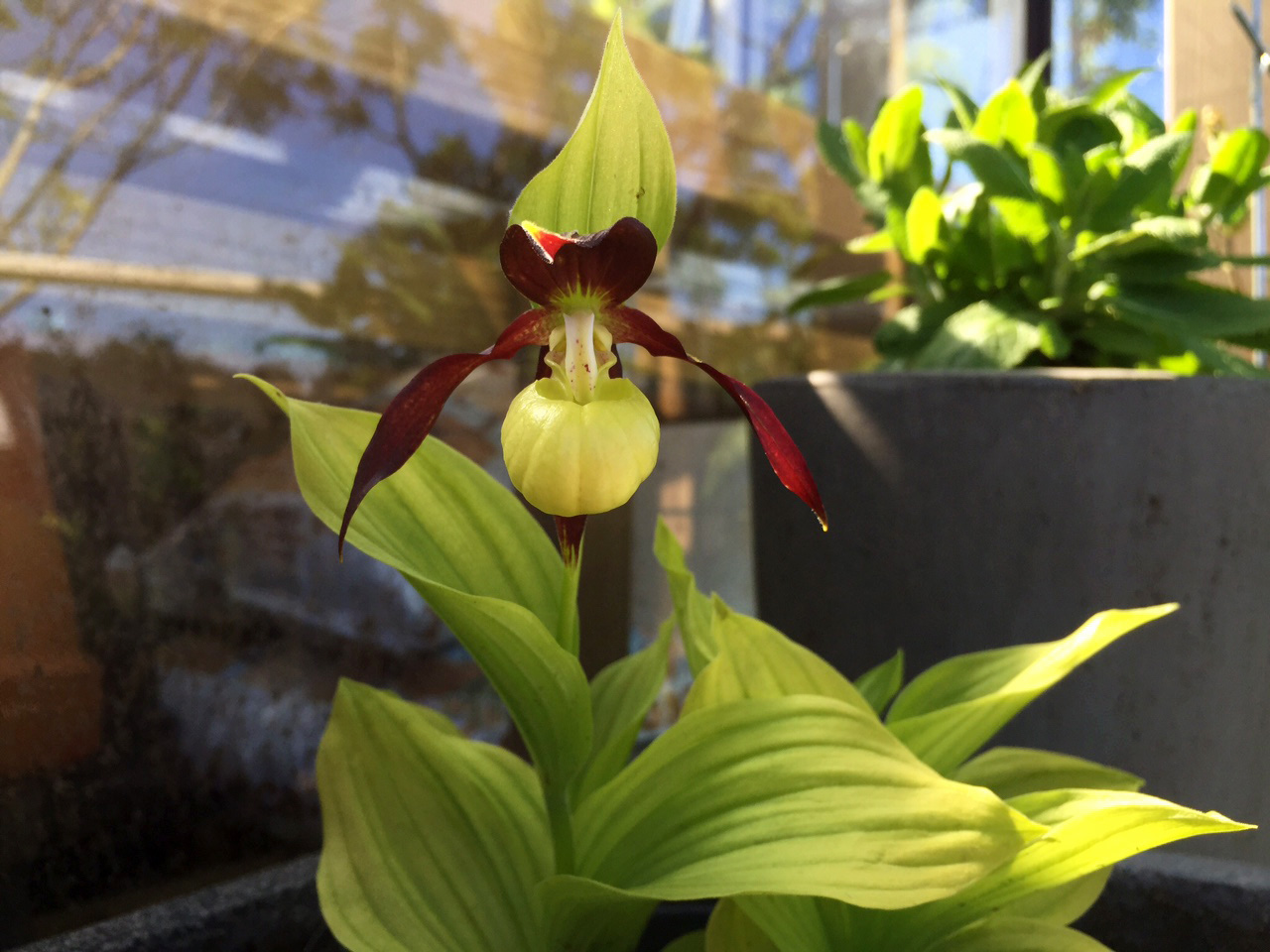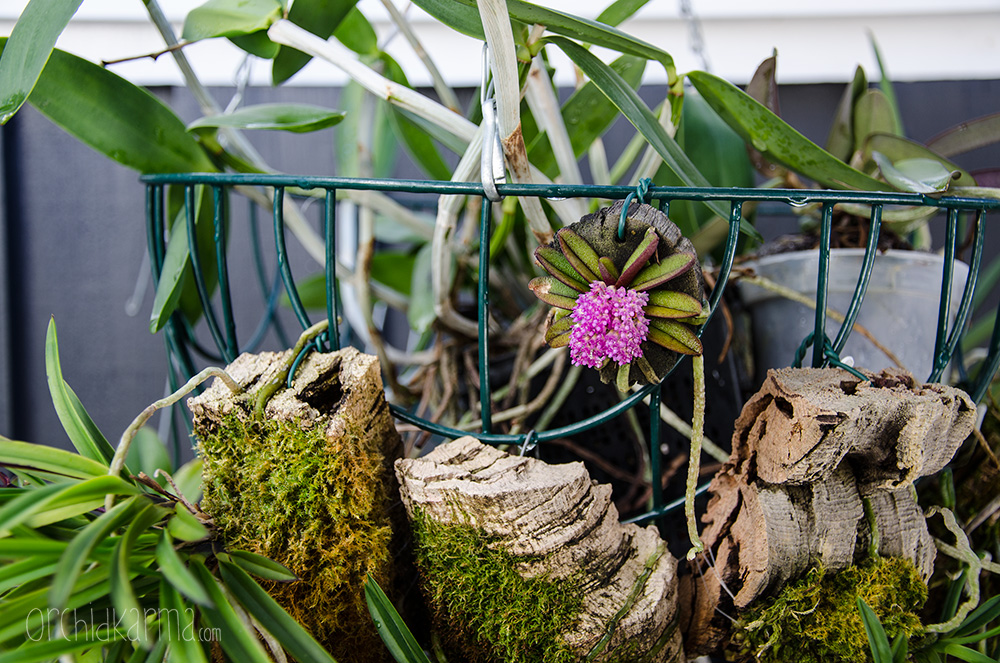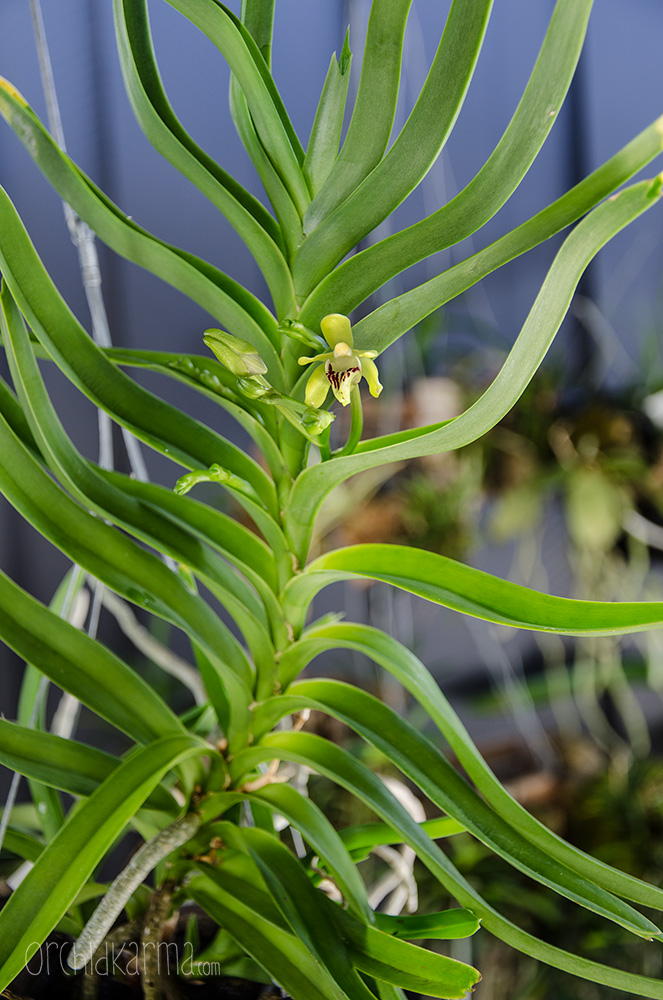 It is fungus gnat season again… sigh! They love warm wet vivariums and now it is summer with a lot warmer temperatures – which was followed by an explosive increase in fungus gnats. They look like a small mosquito and some mistake them for the harmless common fruit fly (Drosophila melanogaster). It is called Sciara hemerobioides, or dark-winged fungus gnats (“sorgmyggor” in Swedish). You can tell them apart by watching how they act. The fungus gnat often run across the medium but when it does fly it is more jerky movements than that of the common fruit fly (which is more brown in color as well).
It is fungus gnat season again… sigh! They love warm wet vivariums and now it is summer with a lot warmer temperatures – which was followed by an explosive increase in fungus gnats. They look like a small mosquito and some mistake them for the harmless common fruit fly (Drosophila melanogaster). It is called Sciara hemerobioides, or dark-winged fungus gnats (“sorgmyggor” in Swedish). You can tell them apart by watching how they act. The fungus gnat often run across the medium but when it does fly it is more jerky movements than that of the common fruit fly (which is more brown in color as well).
Although not particularly harmful to full grown orchids, they can be devastating for moss growth as the larvae feasts on its tiny supple roots. The EpiWeb walls in the new cool viv are just starting to get a nice cover of moss and I do not want anything to damage it. Some people try controlling fungus gnats with the use of carnivorous plants, and although plants from the Drosera family do quite well in catching the adults it is my experience is that is not enough in larger orchid cultivations and greenhouses… Adult females lay about 200 eggs that hatch in about one week. So in order to take control of the situation you really need to combat the larval stage, and nothing does this better than predatory nematodes.
Since my battle with this nuisance last year (Nematode warfare… Karma: 1 — Sciaridae: 0) I have decided to just insert a batch of Entonem nematodes every summer in my culture and be done with it. They come in a fine clay, you just mix it with water and water with it. I use my 5L pressure sprayer (under low pressure) to do this. Pretty painless. Those little critters love to munch on the the gnat larvae and you can really see a drastic drop in gnat population after a couple of weeks and it keeps the problem under control during the warmer months when they thrive the most. It is of course also important to catch the adult flyers, and then some Drosera plants can be of assistance, or even more effective is yellow sticky cards as the gnats are attracted to yellow. I use the yellow sticky cards in combination with the nematodes in the summer, and leave the cards up year-round for control.





Hi Karma,
You may also try some terrestrial or epiphytic utricularias as a way of controlling fungus gnats in their larvae phase. Some of these utricularias species(such as Utricularia alpina) have flowers as beautiful as some orchid blossoms. Of course nematodes are more effective, but you could give them a try!
By the way, Pinguicula carnivorous plants are a eco-friendly alternative to those yeallow sticky cards.
Regards
Thanks a lot for the recommendations Andrés. I have been wanting to get some carnivorous plants to help keep the gnats at bay, but I just have not had time to research it properly. I have looked at Pinguicula and Drosera before, and I think Nepenthes is cool too but a but too big. I also need to make sure they can handle the cool temperatures before buying… The Utricularia alpina is lovely. I will see if I can get a hold of a few. I really like eco friendly choices. 🙂 I always try biologic/ecologic methods before poisons in my cultivation.